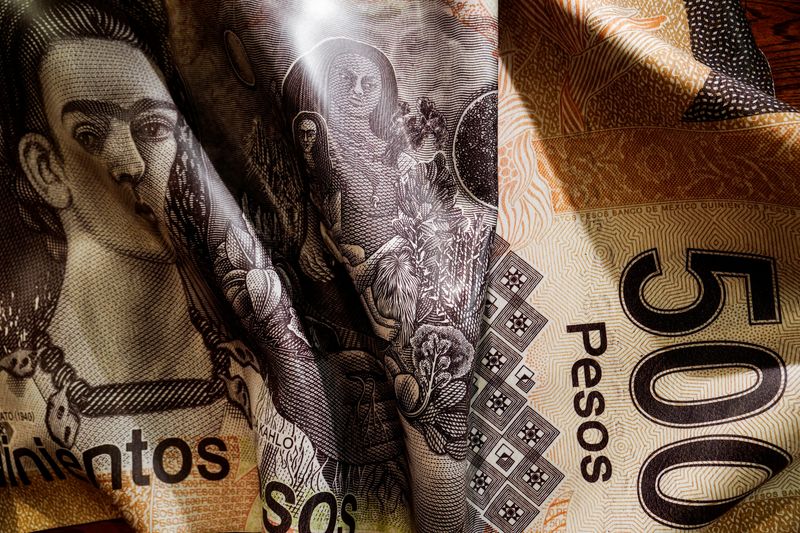Forex
USD/CAD: Bank of Canada forecasts inflation to rise for several months

The USD/CAD pair rose to 1.3220 last week after the Bank of Canada unexpectedly decided to raise interest rates by 100 percentage points at once, bringing them to 2.50%.
A sharp tightening of monetary policy raised fears of a recession in the Canadian economy and put pressure on the national currency. At the moment the price is trading around 1.2962 amid the upward correction in oil prices, but in general the positions of the trading instrument do not look stable.
The head of Bank of Canada Tiff Macklem, said that despite the actions of the financial authorities, the inflation rate in the country is only increasing. Macroeconomic statistics will be presented on Wednesday, and experts are predicting an increase to 8.3%.
McLeom also said that high price growth will continue for at least a few months, then begin to slow. but will not return to the target level of 2.0% until 2024 only if the situation is not interfered by the spiral “wages – prices”, when companies raise wages to keep their employees and then pass higher costs to consumers. Such a situation can already be seen in the Canadian economy.
Against this background, the U.S. dollar looks more attractive to investors. Although the national economy is also on the verge of a recession due to a sharp rise in interest rates, a strong labor market gives investors hope that it will be shallow and short-lived.
Support and Resistance Levels
The USD/CAD pair continues to trade in an uptrend, but is now correcting downward. The price is close to 1.2939 (Murray [2/8]), which is supported by the middle line of the Bollinger bands. If the price goes lower, the pair will continue moving towards 1.2817 (Murray [1/8]) and 1.2695 (Murray [0/8]). In case the price breaks through the level of 1.3061 (Murray [3/8]), the upside growth will resume up to the upper line of the uptrend channel around 1.3305 (Murray [5/8]).
Technical indicators do not give a single signal: Bollinger Bands are directed upward and the MACD histogram is stable in the positive zone, which confirms the preservation of the uptrend. but Stochastic has rushed down.

 Forex3 years ago
Forex3 years agoForex Today: the dollar is gaining strength amid gloomy sentiment at the start of the Fed’s week

 Forex3 years ago
Forex3 years agoUnbiased review of Pocket Option broker

 Forex3 years ago
Forex3 years agoDollar to pound sterling exchange rate today: Pound plummeted to its lowest since 1985

 Forex3 years ago
Forex3 years agoHow is the Australian dollar doing today?

 Cryptocurrency3 years ago
Cryptocurrency3 years agoWhat happened in the crypto market – current events today

 World3 years ago
World3 years agoWhy are modern video games an art form?

 Commodities3 years ago
Commodities3 years agoCopper continues to fall in price on expectations of lower demand in China

 Economy3 years ago
Economy3 years agoCrude oil tankers double in price due to EU anti-Russian sanctions


























